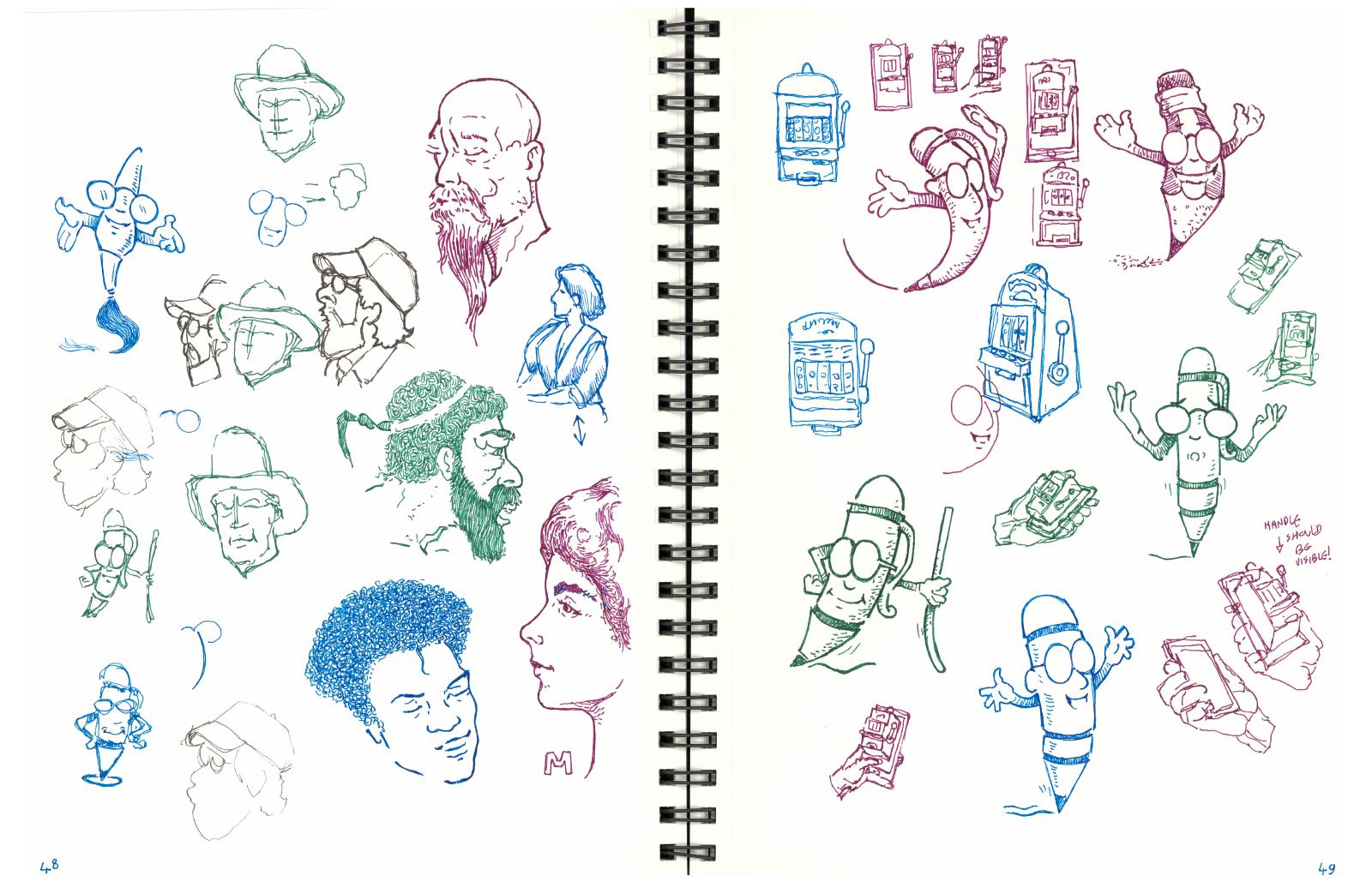#69 - A FUN variation On Drawing From Memory, A Wonderful Way To Use Your Imagination While Drawing
You do not have to draw the entire thing from memory. Do this if you forgot parts of a reference image.Warm-Up Drawing Exercises

Quickly become better at drawing—without burning out—by using my workbook.
As I hope you have seen and even checked out, I have a section on The Best Drawing Exercise I Know: drawing from memory. The central idea is to look at the reference, put it away after that, and draw it from memory.
You can vary many parameters, like the interval between memorizing and drawing—minutes, hours, or days? Or which materials to use—erasable pencil or pen? What to memorize, et cetera.
Why is it a great drawing exercise? It trains you to visualize better. Are you ever frustrated that your drawing didn’t come out the way you liked? Well, then, this drawing exercise is for you!
There’s a problem with this way of practicing, though: it is HARD work! And not at all like leisurely doodling, at all.
As I was doing the exercise, I stumbled upon a fun and easier variation of the exercise. I would draw the thing from memory and realize I had forgotten some aspect of the reference image. Well, I thought, what if I embellish that part from my imagination?
And, you know, why not! Is it bad if the drawing comes out differently from the reference? Especially if this is a more fun approach that can lead to other results that can be at least as visually pleasing.
Then draw it from memory, and if some detail from the reference eludes you, make it up. I come up with surprising and nice-looking drawings and tend to be pleased with the result. It appears to train your ability to design on the fly.
It’s much less taxing than accurately reproducing a reference image from memory. And it’s fun! This may be what Kim Jung Gi did, too; his style often leans heavily into cartoon style.